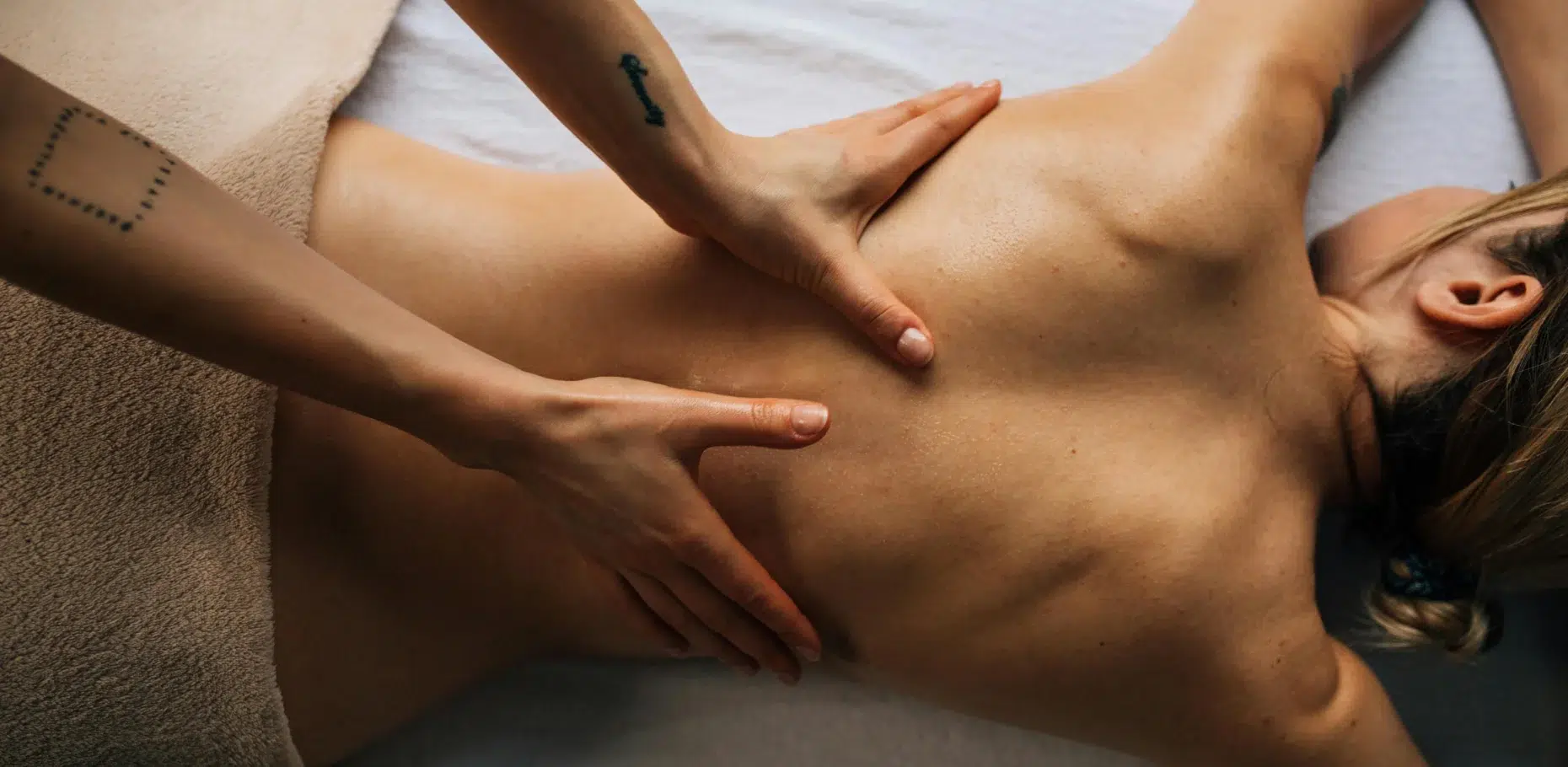About Manual Osteopathy Services
It is a complete system of treating the body as a whole unit, rather than just isolated symptoms. It emphasizes the interrelationship between structure and function and is rooted in a belief that the body has an innate ability to heal itself. Osteopathy works to facilitate this natural healing process. Using the broad range of modalities and hands-on techniques to correct the structural problems and aims to restore balance and function, as well as, improve overall health and well-being.
Based on a keen understanding of human anatomy and the body & mechanics, manual osteopathy uses specific assessment techniques to identify the ‘restriction barrier’ that is leading to the dysfunction which may be contributing to your pain or injury.
This treatment approach goes beyond simply eliminating symptoms; it also delves into the root cause to prevent future issues. Each session is customized to meet your individual needs, with techniques ranging from soft tissue manipulation, positional release, myofascial release, lymphatic drainage techniques, and joint mobilization to muscle energy techniques. This holistic approach often results in reduced pain and increased mobility, allowing your body & natural healing process to thrive.
Benefits and Conditions
Manual Osteopathy can help reduce pain for various conditions, including:
- Muscle tension and aches
- Joint pain (e.g., foot, ankle, hip, and knee pain)
- Sports injuries
- Postural issues (due to pregnancy, driving, or work strain)
- Shin splints
- Carpal tunnel syndrome
- Pregnancy-related discomfort
- Digestive issues
- Stress and anxiety
- Sleep disorders (e.g., sleep apnea and insomnia)
- Study disorders
- Plantar fasciitis
- Back pain, neck pain, slipped disc, and sciatica issues
- Arthritis
- Concussion and whiplash
- Headaches and migraines
- Neuralgia
- Hand, shoulder, and elbow pain (e.g., tennis and golfer’s elbow)
- Allergies
- Anxiety and depression
- Degenerative disorders of the nervous system
- Circulatory disorders (e.g., hypertension)
- Respiratory conditions (e.g., pneumonia, bronchitis, and asthma)
- Dysmenorrhea
- Fertility issues


